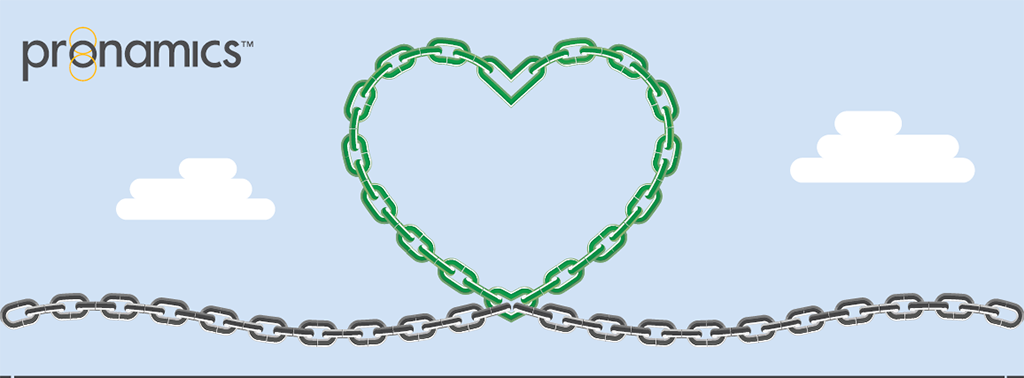WILL GREEN STEEL GET THE GREEN FLAG?
Steel yourself for an industry overhaul
Steel. It is by and far one of the most important materials in the infrastructure sector. Whether you build roads, railways or ships, steel is essential.
The history of steel is a long one, from meteoritic alloys to gradual improvements in iron smelting. Green steel is possibly the next step, and like every development with steel before it, it will have far-reaching effects on our world.
Let’s have a look at the timeline of iron and steel.
Bronze Age
While there are iron artefacts from the Bronze age, they have a higher nickel content than iron from Earth, therefore it has been deduced that meteorites were the initial source of these objects.
2000-1000 BC
The general consensus is that wrought iron production began during this time in Anatolia, India and China. Wrought iron gave the Hittites superior weaponry and allowed them to create an empire. Cast iron in Ancient China allowed for more complex tools as well as weapons.
6th Century BC
Clay crucibles in India smelted wrought iron, called “wootz” steel – bonding carbon to iron using charcoal. The consistent combination of carbon atoms between iron atoms created a product harder and stronger than previous forgings. Steel swords were the best, though more expensive and the expertise required to make them was guarded carefully.
18th Century AD
Benjamin Huntsman of Sheffield, England, experimented with smelting to produce more consistently superior steel. Coke, instead of charcoal, was key here. Now, pay attention here, because this becomes very important later.
- Charcoal – fuel that comes from incomplete burning of wood
- Coal – mineral formed by fossilised carboniferous material
- Coke – calcinated or dry distilled coal that burns hotter and with fewer impurities than coal
This solved two issues. Deforestation meant that wood to make charcoal was becoming more difficult to obtain, so coke from coal was a new and plentiful fuel source.
Coke also meant better quality steel that led to the production of things like steel rollers, ball-bearings and machinery.
19th Century AD
Henry Bessemer developed the process of blasting air into a larger container to oxidise out impurities and produce greater quantities of steel more rapidly than ever before. Further developments led to coating the inside of the Bessemer Converter with a lime-based lining to deal with phosphorus-rich iron ore—the subsequent chemical reaction allowing high-quality steel to be churned out at an unprecedented rate.
20th Century AD
World War I increased the demand for steel exponentially, and while the initially neutral USA was prevented from supplying weapons to either side, American producers found ways to skirt the law. Once in the war, however, all bets were off and the industry continued to drive the peacetime economy with skyscrapers, cars, cans and appliances. World War II dragged economies from the Great Depression, but the improvements didn’t stop there.
Basic oxygen steelmaking (BOS) was developed by a number of metallurgists, whereby they inverted the old Bessemer process and blasted pure oxygen and lime powder down from above. This enhanced the quality yet again and reduced the costs as scrap could be recycled into the furnace.
21st Century AD
And here we are today, in a world that needs steel but is battling with pollution and trying to reduce dependency on fossil fuels. Electric furnaces are being developed in order to reduce carbon emissions; different chemical reactions and new technologies mean that “green steel” has huge potential if scaled up.
And if the electricity for green steel comes from renewable sources, it would mark one of the biggest developments in the history of steel since its inception. The challenge, as always, is producing a quality product on an economical scale, but as this article shows, humans have risen to that challenge time and time again.

